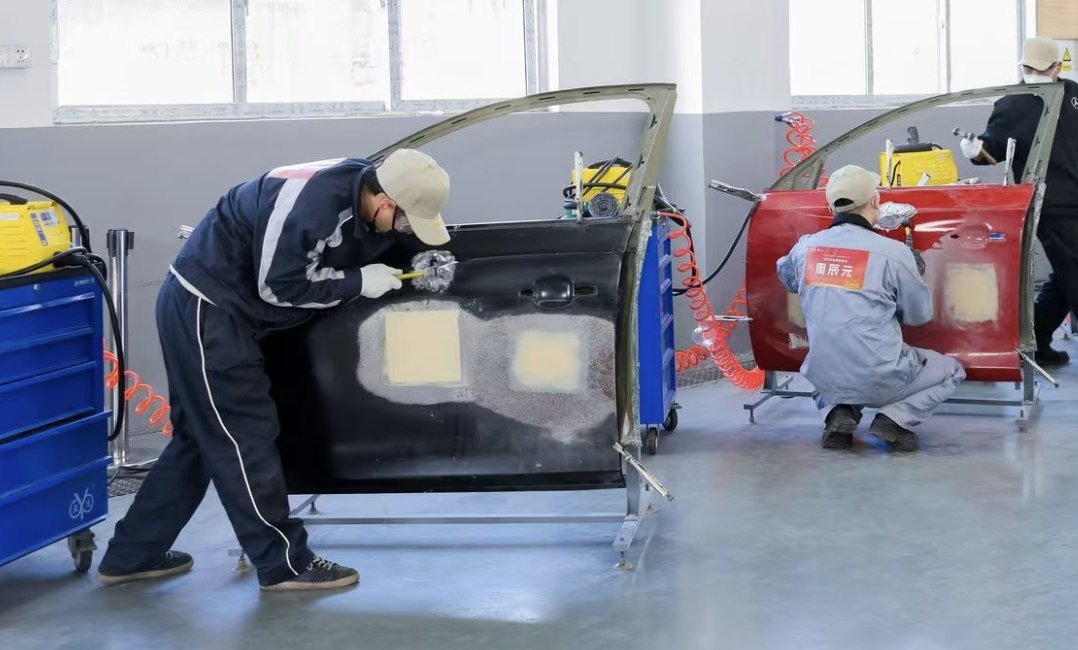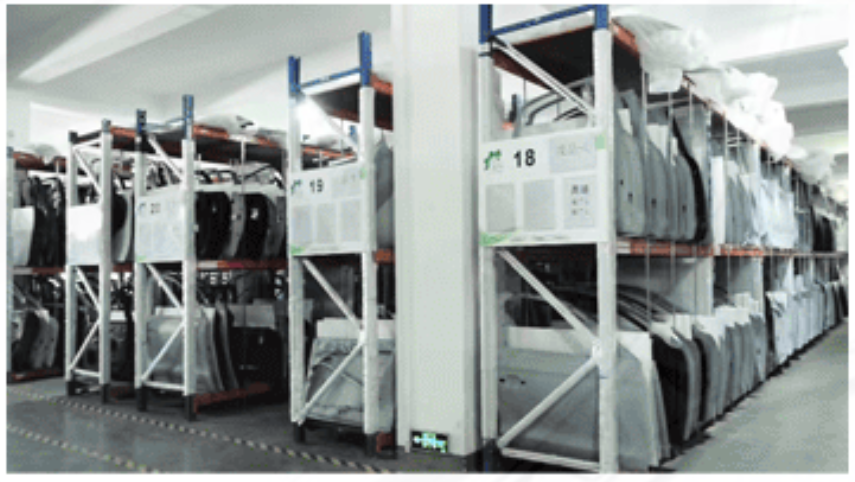When it comes to vehicle repairs, the choice between remanufactured and genuine auto body parts—such as bumpers, doors, and fenders—is crucial. This decision impacts cost, performance, appearance, and environmental footprint. Here’s a breakdown of the key differences to help you make an informed choice.
1. Understanding the Basics
- Genuine Parts
Also known as Original Equipment Manufacturer (OEM) parts, these are produced by the vehicle manufacturer or an authorized supplier. They are designed to meet exact specifications and match the original components of your car. - Remanufactured Parts
These are used parts that have been repaired, restored, or rebuilt to function like new. Typically sourced from salvaged vehicles, they undergo a rigorous process of cleaning, inspection, and reassembly with new or refurbished components.
2. Key Differences
| Factor | Genuine Parts | Remanufactured Parts |
|---|---|---|
| Cost | Higher price due to precision and branding | Significantly lower, ideal for budget-conscious repairs |
| Fit and Finish | Perfect fit and finish, matching the original look | Slight variations possible, but often close to OEM standards |
| Durability | Designed to last as long as the original part | Durability depends on the quality of refurbishment |
| Warranty | Comes with a manufacturer warranty | May include limited warranties from the remanufacturer |
| Environmental Impact | Higher due to manufacturing new components | Environmentally friendly, as it reduces waste and recycling costs |
3. Advantages of Remanufactured Parts
- Affordability: Cost savings can range from 20% to 60% compared to OEM parts.
- Eco-Friendliness: By reusing existing materials, remanufacturing helps reduce waste and conserve resources.
- Availability: Remanufactured parts are often readily available, especially for older or discontinued vehicle models.
4. Benefits of Genuine Parts
- Precision: Guaranteed to fit and perform exactly as intended.
- Consistency: Ensures the vehicle maintains its original appearance and performance.
- Resale Value: Using OEM parts can help preserve the car’s value, especially if it’s a newer model.
5. When to Choose What
- Remanufactured Parts Are Ideal For:
- Older vehicles with lower market value
- Non-critical components, such as bumpers or fenders, where precision isn’t as vital
- Eco-conscious owners looking to reduce their carbon footprint
- Genuine Parts Are Best For:
- Newer or high-value vehicles
- Critical components that impact safety or performance
- Drivers seeking a perfect match in fit and appearance
6. Considerations for Repair Shops and Insurers
Repair shops often recommend remanufactured parts to keep costs down without sacrificing safety. Insurers may also opt for remanufactured options when covering repairs, especially for older vehicles, though they typically ensure the parts meet safety standards.
Conclusion
Both remanufactured and genuine auto body parts have their place in vehicle repairs. Your choice should balance cost, quality, and your vehicle’s long-term needs. While genuine parts are often the gold standard, remanufactured parts offer a cost-effective, sustainable solution for many repair scenarios. Consult with your mechanic or body shop to determine which option aligns best with your priorities and your car’s condition.





